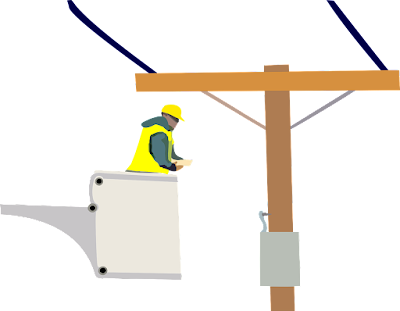Ac and Dc Current Difference
Introduction
The difference between AC and DC
current is that the AC current flows in one direction, while the DC current
flows in both directions.
Ac and Dc Current Difference
The difference between AC and DC
current can be calculated by taking the value of R, the resistance of a circuit
in Ohms, and multiplying it by 1.414 times its own value.
In order to calculate how much power
is being used by a circuit at different times, you need to know what your power
supply voltage is set to. If your power supply is 110VAC then it means that
when an ac-powered device uses 110 volts dc (direct current) then it will draw
0.1 Amps per second or 10 Watts of direct current from the wall socket; if this
same device was connected directly into another piece of equipment whose output
was 230VAC then it would draw 125 Joules when using 10 Watts of alternating
current (a lot less!).
 |
| Ac and Dc Current Difference |
In order to calculate the difference
between AC and DC current in a circuit, you need to know what your power supply
voltage is set to. If your power supply is 110VAC then it means that when an
ac-powered device uses 110 volts dc (direct current) then it will draw 0.1 Amps
per second or 10 Watts of direct current from the wall socket; if this same
device was connected directly into another piece of equipment whose output was
230VAC then it would draw 125
Ac Adn Dc Differences
 |
| Ac-and -Dc-Current-Difference |
AC and DC current differences are
the difference between the alternating current (AC) and direct current (DC). It
is important to know about this because it can be used in many different fields
of study. In electrical engineering, this topic is often studied for its uses
in power electronics, but also for its applications in other areas such as
electronics or physics. We will discuss each of these topics below!
The AC and DC current difference is
very important because it can be used in many different fields of study.
Electrical engineering uses this topic for its uses in power electronics, but
also for its applications in other areas such as electronics or physics. We
will discuss each of these topics below! The alternating current (AC) is when
an electric charge flows through a wire from one point to another in a single
direction only, while the direct current (DC) goes back and forth between two
points without any change
Conclusion
The current that comes from the AC
and DC power supplies is different in two ways: the frequency and the voltage.
The frequency is measured in cycles per second (hertz), while voltage is
measured in volts. The difference between these two types of currents can be
seen by looking at the light bulb on your wall, which uses electromagnetic
induction to produce electricity; when you touch one end of it with your
fingers, this causes electrons to flow through it until they reach an
oppositely-charged plate outside our house, where they release back into space
again as photons again become visible light we see as heat or coldness
depending on how hot or cold something feels when touched by someone else's
hand - but how do we get all this stuff?
If you've been reading along thus
far, then congratulations! Now that we have covered everything mentioned above,
hopefully this article has helped make sense out of what goes into making a
simple circuit board like ours exist at all. In order for us humans who rely on
technology every day—whether it's using search engines or social media
platforms like Facebook—to function properly without being afraid that our
information will be lost if there's an emergency situation occurrs."






0 Comments